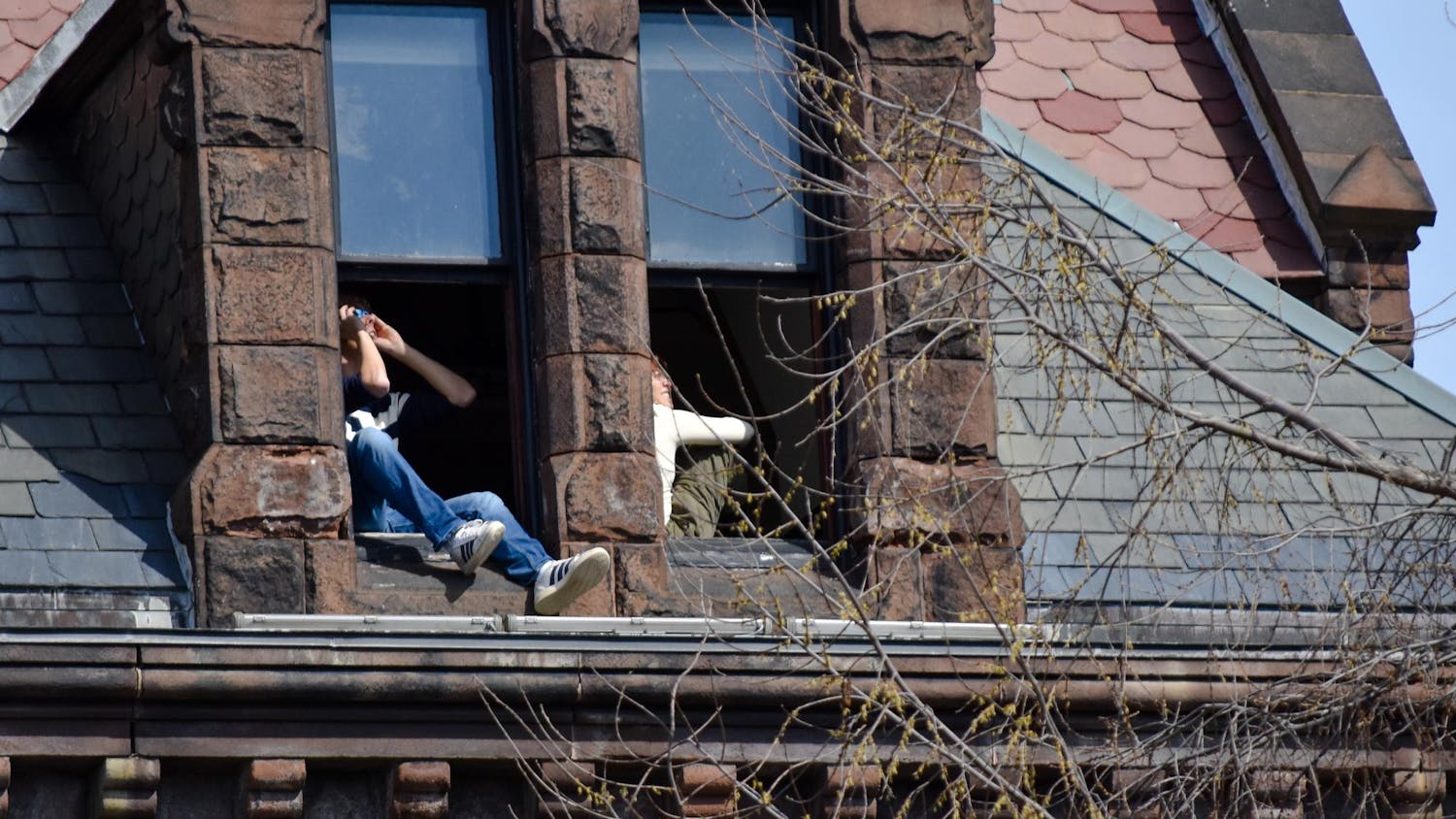Once a military and scientific research base in Greenland during the 1960s, Camp Century is now abandoned with all of its wastes — including chemical, radiological and physical — left frozen, presumably for eternity. But with temperatures rising in northern environments, there is concern of remobilization of the wastes, spelling complications for who is responsible for the removal and how it will affect the surrounding environment. A study that includes a University researcher examined the potential implications this has for the environment and diplomacy.
While the base “never had nuclear weapons on the site,” the scientists did have a nuclear “test reactor … to see how it would react in that cold of an environment,” said Joseph MacGregor, co-author of the study and deputy project scientist at NASA’s Operation IceBridge. The reactor was removed, so the true concerns are the wastes that were left behind, MacGregor added.
The major concern, based on current research, is that the toxic compounds known as PCBs being released at the base are “problematic for animal and human health,” said Jeff Colgan, co-author of the study and associate professor of political science and international studies. According to the study, “persistent organic pollutants, including PCBs, are one of three broad classes of chemical toxins of global significance.”
While these chemicals are of definite concern to the researchers, there are currently no civilizations or animals relatively close by. “The area is quite isolated, and the issue is that the PCBs will get into the water and trickle out into the ocean water that is nearby,” Colgansaid. This makes the issue more global, affecting the larger environment over time, he added.
“Right now, it’s still cold enough that far inland that you don’t really get much melt at all, and the snow just builds up year after year,” explained Mike MacFerrin, postdoctoral research associate at the University of Colorado and co-author of the study. However, “by about 2090, give or take, the amount of melting will exceed the amount of snowfall,” and the chemicals will be exposed to the environment, he said.
Because of the site’s proximity to nuclear waste, it is the first time Deborah Gordon, director of the Energy and Climate Program at the Carnegie Endowment for International Peace and senior fellow in international and public affairs at the University, has seen climate change reveal problems publicly regarding a country’s political operations, specifically relating to nuclear development, she said.
MacGregor confirmed that addressing the waste leads to many “unresolved questions,” especially about “who ought to pay for this, what the cost may be and how quickly that it has to be addressed.”
Potential conflict could arise because the site was a U.S. military base built as a result of a treaty with Denmark. But now with Greenland gaining far more independence, there is a strong question of who is responsible for the waste. “There is no easy way to clean it up,” and this leads to a “potential source of political conflict between the United States, Greenland and Denmark,” MacGregor said.
“Neither the (United States) nor Denmark has officially accepted responsibility at this point, and there is a legal treaty that seems to spell out responsibility, but like all legal treaties, especially old ones, there is a certain amount of ambiguity,” Colgan said.
Gordon said nations should look beyond just single cases of expenditure because “you end up having societies that are having big costs — those actual physical costs and also social costs imposed on them.”
This issue will be a recurring problem over the next 90 years, as Camp Century is just one of many abandoned sites with probable pollutants waiting to be uncovered, MacFerrin said. The project that included Camp Century also involved three other sites, with some “already melted out, so the pollution is already on the surface, but there is a lot less of it, so it is less of a concern,” Colgan said.
“There are other sites on the coast of Greenland, some of which (are) operated by the United States, some by Denmark,” which have rusting drums of unknown materials still present, MacGregor said.
Camp Century’s earliest research was on ice and the environment and contributed to the understanding of impending climate change, MacGregor said, adding that he hopes more people will learn about the research that has come out of the sites but also the impeding issues they now face.
“Camp Century is much more than just a military experiment and a declined military idea. It was also a significant scientific research outpost, and the amount of data they collected is huge and continues to this day,” MacGregor said.





